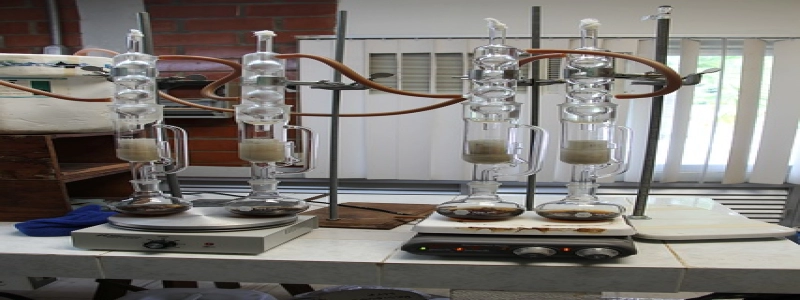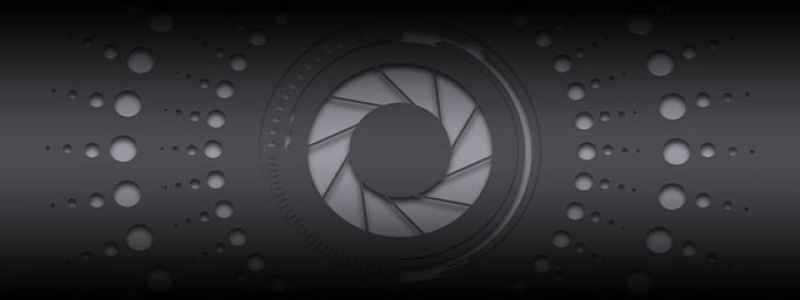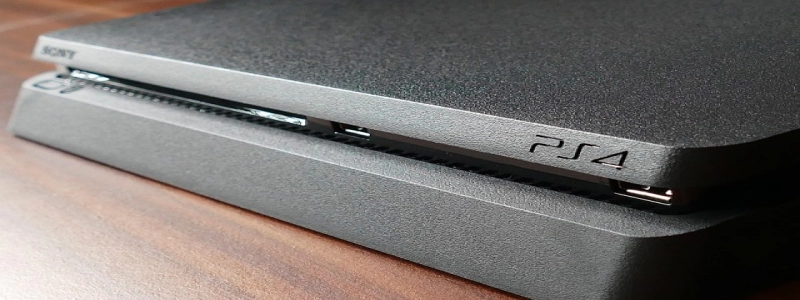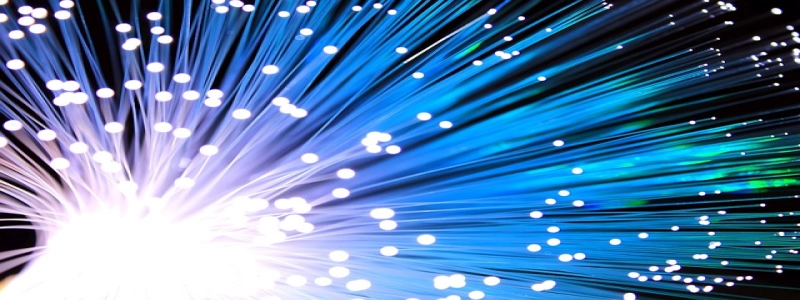Low Level Laser Therapy Wavelength
Introduction:
Low Level Laser Therapy (LLLT) is a medical treatment that uses low-intensity lasers to stimulate tissue repair and reduce inflammation. One of the key aspects of LLLT is the wavelength of the laser used during the treatment. This article will provide a detailed explanation of the importance of wavelength in low-level laser therapy.
I. What is wavelength?
A. Definition: Wavelength refers to the distance between two consecutive peaks or troughs of a wave.
B. Measurement: Wavelength is measured in nanometers (nm) and determines the color of the laser light.
II. How does wavelength affect LLLT?
A. Tissue Penetration: Different wavelengths have varying depths of penetration into the tissues.
1. Infrared wavelengths, such as 810nm and 980nm, have higher tissue penetration and can reach deeper structures.
2. Red wavelengths, ranging from 630nm to 690nm, have lower tissue penetration and are more suitable for superficial treatments.
B. Biological Response: Different tissues respond differently to specific wavelengths.
1. Red and near-infrared wavelengths between 600nm and 1000nm stimulate cell activity and promote tissue repair.
2. Blue and green wavelengths, between 400nm and 550nm, are effective for antimicrobial and anti-inflammatory applications.
3. Ultraviolet wavelengths below 400nm are generally not used in LLLT due to their potential harmful effects on tissues.
III. Selecting the appropriate wavelength for LLLT:
A. Condition-specific Factors:
1. Tissue Depth: For deep tissues or joints, infrared wavelengths are preferred.
2. Superficial Conditions: Red or green wavelengths are suitable for superficial wound healing or skin disorders.
3. Specific Indications: Some conditions respond better to particular wavelengths, such as blue light for acne treatment or near-infrared for pain management.
B. Patient Factors:
1. Skin Tone: Darker skin tones may require higher wavelengths to overcome the absorption of light by melanin.
2. Sensitivity: Some patients may have a preference for certain wavelengths due to their comfort levels or previous experiences.
IV. Wavelengths commonly used in LLLT:
A. Red Wavelengths:
1. 630nm: Targets superficial tissues, promotes wound healing, and reduces inflammation.
2. 650nm: Similar benefits to 630nm, slightly deeper penetration.
B. Blue Wavelengths:
1. 405nm: Effective for acne treatment due to its antimicrobial properties.
2. 450nm: Anti-inflammatory effects, commonly used for pain management.
C. Infrared Wavelengths:
1. 810nm: Deep tissue penetration, effective for pain relief in musculoskeletal disorders.
2. 980nm: Enhanced penetration compared to 810nm, commonly used for deep tissues and joints.
Conclusion:
The wavelength of the low-level laser used in therapy plays a crucial role in determining both the depth of tissue penetration and the specific biological response. Practitioners should carefully consider the condition-specific factors and patient factors when selecting the appropriate wavelength for LLLT. By understanding the significance of wavelength, healthcare providers can optimize the treatment outcomes and enhance patient satisfaction in low-level laser therapy.








